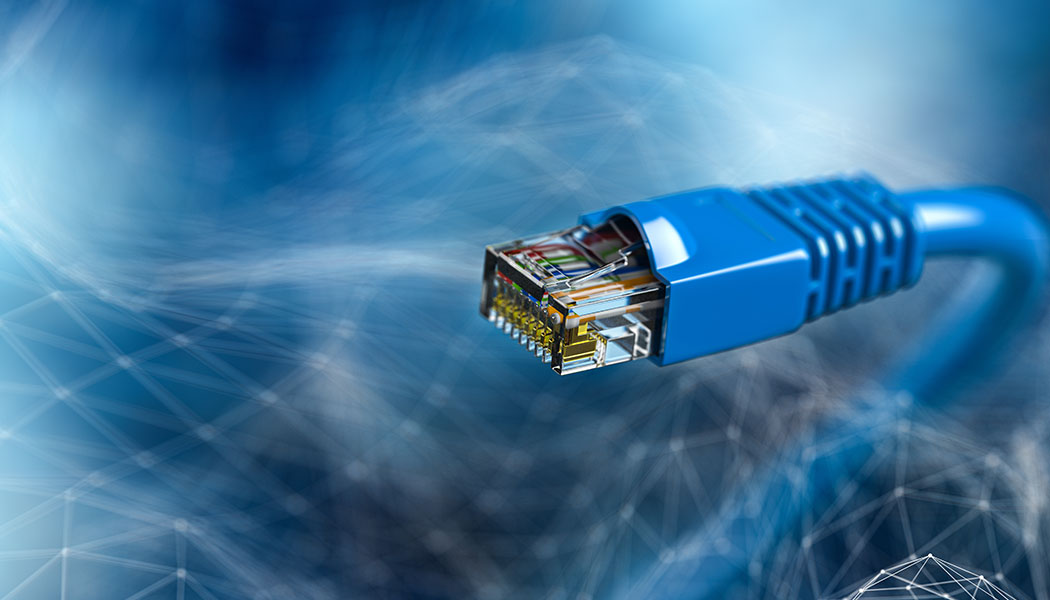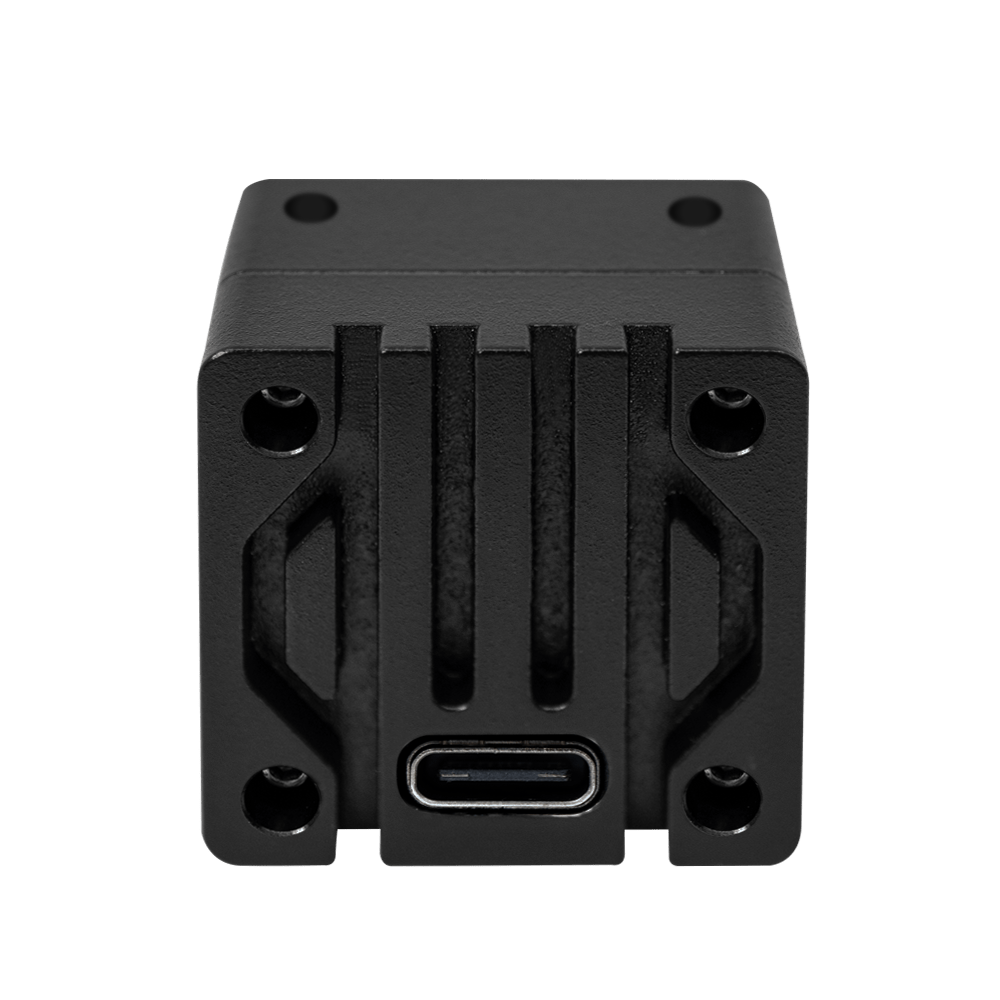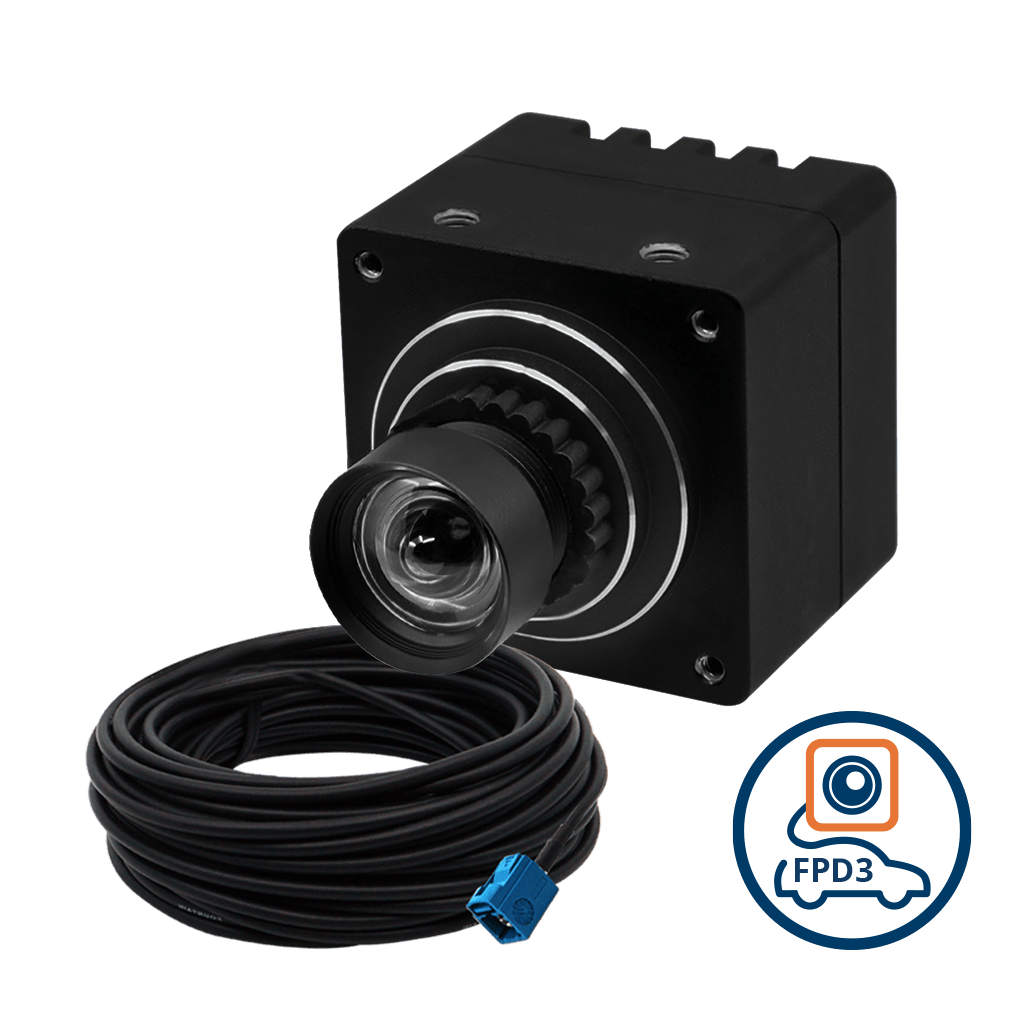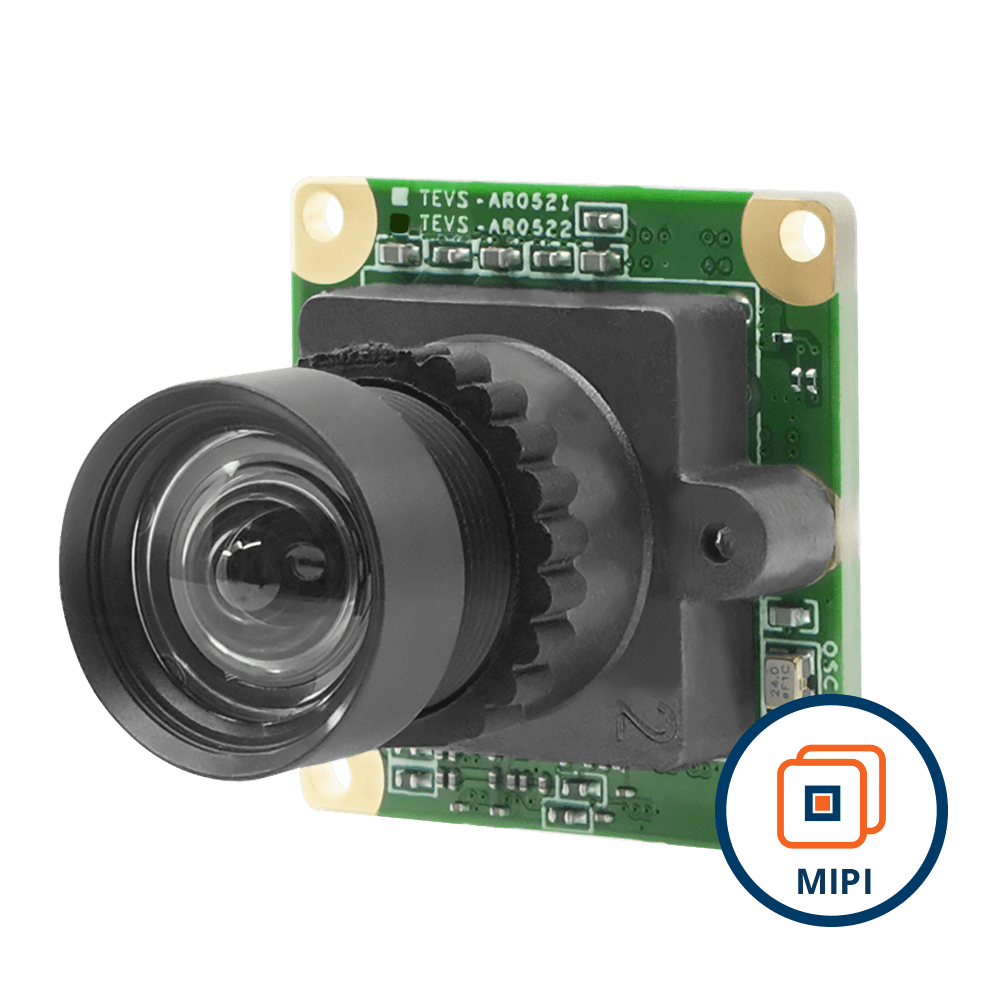Ever since the 3rd industrial revolution, researchers have constantly come up with newer innovations to help automate complex processes. Tasks that were once done using mechanical systems moved to digital with the help of computers and digital electronics. This also led to the birth of digital cameras in the late 1960s with the invention of image sensors.
From there, there was no looking back. Imaging technologies have gotten better and better over the years. While image sensors grew in quality, other camera components also saw drastic improvements. Camera interfaces are one such key component of an imaging system that plays a key role in the performance of the vision system.
But what exactly is a camera interface? What is its function in a camera? What are the different types? Let’s explore in this article.
What is a camera interface?
A camera interface is a communication channel between a camera and the host system. Depending on the type of the vision system, the host can be an ordinary PC, an industrial PC, or a processor like the NXP i.MX8. It is the camera interface that is responsible for transferring the image data captured by the camera to the host for further processing.
The camera interface is a key component in an imaging system because it has a huge role in deciding the quality of the image data. In addition, the bandwidth of the interface determines how fast the data can be transferred from the camera to the host. This in turn limits the frame rate you can achieve with a camera at a given resolution.
Latency is another critical parameter of a camera interface. Some of the modern embedded vision applications require the latency to be in the order of a few milliseconds since they need a close to real-time response. An example of such an application is an autonomous delivery robot used for delivering food and packages. Here, the interface used should be capable of transferring data without much delay for the robot to quickly detect obstacles and respond to its surroundings for autonomous navigation.
Different types of camera interfaces used in embedded vision
There are plenty of camera interfaces used in consumer, industrial, and commercial applications. In this article, we will focus on the most popular ones used in embedded vision. They include:
- Ethernet
- USB
- MIPI
- FPD-Link
- GMSL
Ethernet
Ethernet is one of the oldest interfaces used in camera applications. An ethernet cable is a network cable used to connect two devices for data transmission. In the case of an imaging system, it acts as the communication channel between the camera and the host.
Ethernet cables can be either unshielded (Unshielded Twisted Pair) or shielded (Shielded Twisted Pair). When it comes to the distance of transmission, some categories of ethernet cables can transmit data up to a distance of 100 meters. This can be further extended to 200m using extenders. However, extending the length beyond the desired 100m limit might lead to issues such as a reduction in bandwidth, increased latency, slower transmission speeds, signal issues, etc.
Because of its long-distance transmission capability, ethernet is used in applications where data has to be carried over long distances (beyond 15 to 20 m) where other interfaces like USB, MIPI, FPD Link III, etc., fall behind.
A variant of ethernet cameras called PoE cameras is also widely used in vision applications. PoE stands for Power over Ethernet and has the ability to transmit data and power over the same cable. They are often a go-to choice due to their simple and compact design.

USB
Owing to its ease of integration and widespread adoption, the USB interface is the most popular interface among embedded vision system manufacturers and integrators. USB cameras are as easy as plug-and-play without the need for installing any additional drivers or software on the host.
The interface has gone through a lot of advancements over the years with the latest version being USB4 2.0 released in September 2022. However, USB3 remains the most commonly used interface in embedded vision. USB2 is also in use – which is typically preferred for low-end applications that do not require a high bandwidth. Going with USB2 allows system integrators to keep the cost comparatively lower.
Some of the common applications of USB cameras include:
- Digital signages
- Industrial handhelds
- Biometric systems
- Vending kiosks
- Skin scanners
- Eye diagnostic devices
- Digital microscopes
USB meets some of the most critical requirements of modern-day vision applications. For example, it can achieve a practical bandwidth of about 2Gbps. It can also transmit data up to a distance of 2 to 3 meters. However, reliability issues are found beyond 2 meters.

MIPI
MIPI is a high-speed serial interface that helps to connect camera systems to host processors. Its low power consumption and EMI (Electromagnetic interference) make it suitable for a wide range of embedded vision systems such as:
- Robots
- Drones
- Agricultural vehicles and tractors
- Heavy industrial vehicles – such as forklifts and mining vehicles
- Smart traffic systems
- Surveillance devices
- Patient monitoring systems
Like USB, the MIPI interface has gone through a transformation with advancements in technology. The first generation of MIPI was MIPI CSI-1 (Camera Serial Interface 1) which was followed by MIPI CSI-2. Though MIPI CSI-3 was developed soon after its predecessor, it didn’t gain as much popularity.
However, MIPI CSI-2 offers many features that meet the needs of new-age vision systems such as:
- A maximum bandwidth of 2.5 Gbps per lane or 10 Gbps with 4 lanes.
- It supports virtual channels, enabling various streams of data to be multiplexed over a single physical link.
- MIPI CSI-2 supports various lane configurations, including 1, 2, 3, and 4 lanes, providing scalability and adaptability to accommodate varying bandwidth requirements.
Learn more about the MIPI interface and MIPI cameras here: MIPI Cameras – Definition, Types and Applications
FPD-Link
FPD-Link (Flat Panel Display Link) is a SerDes interface developed by TI (Texas Instruments). It is used in embedded vision and automotive systems to transmit image and video data using a twisted pair or coaxial cable. The latest version of FPD-Link is FPD-Link III. It is the most advanced of all the generations of FPD-Link with features such as:
- A maximum bandwidth of more than 4 Gbps.
- The ability to transmit video, power, and control data over the same cable.
- A maximum distance of transmission of 15m.
- Automotive grade, thereby making it suitable for most industrial and commercial applications.
FPD-Link III can be a better choice for multi-camera systems compared to MIPI since MIPI virtual channels need a specialized device like a MIPI CSI-2 hub to synchronize streams from individual cameras. FPD-Link III comes with inbuilt components that make it possible to connect 4x cameras in comparison with the MIPI interface.
With these cutting edge features, FPD-Link III cameras are suitable for applications such as:
- Mobile robots
- Robotic arms
- Smart traffic poles and smart streetlights
- Parking lot management systems
- Automated forklifts
- Autonomous shopping systems
Learn more about FPD-Link III cameras and their working principle here: FPD-Link III Cameras – Working Principle and Applications in Embedded Vision
GMSL
GMSL (Gigabit Multimedia Serial Link) is an alternative to FPD-Link III. It is also a SerDes interface with comparable features to that of FPD-Link III. Originally intended for automotive applications by its creators Maxim Integrated, GMSL has found its way into embedded vision applications such as robotics, autonomous vehicles, smart surveillance & smart traffic systems, sports analytics & broadcasting, etc.
Choosing the right camera interface for your embedded vision system
Following are the factors you need to consider while selecting the camera interface:
VCI-AR0522-C-S85-IR USB3 interface
- Bandwidth and speed of transfer – since today’s embedded cameras are designed to capture high-quality images, the interface should also support high-bandwidth transmission in most cases. USB, MIPI, FPD-Link, or GMSL can be a great choice in such scenarios.
- Distance of transmission – For long-distance transmission (beyond 2 to 3 meters), consider using FPD-Link III, ethernet, or GMSL. MIPI will only work in systems where the camera and the host are placed close to each other (within 50 cm).
- Cost – SerDes interfaces and connectors like FPD-Link and GMSL are more expensive compared to USB, MIPI, and ethernet. Between USB3 and USB2, the latter tends to be cheaper.
- Latency – Latency becomes extremely critical, especially in long distance applications. Ethernet is not recommended for low latency requirements. Both FPD-Link and GMSL offer excellent performance when it comes to latency.
- Multi-camera support – While USB, MIPI, and ethernet can support multiple cameras, they have limitations when it comes to the number of cameras and effective bandwidth. It is wiser to go with a SerDes interface like FPD-Link or GMSL if you have more than 4 cameras to connect to a single host.
- Host platform – This is one of the most important factors that determines the choice of camera interface. For x86-based hosts, USB is the go-to choice whereas for ARM-based processors MIPI is preferred.
TechNexion – embedded cameras for modern-day applications
TechNexion offers USB cameras, MIPI cameras, and FPD-Link III cameras with an extensive portfolio to choose from. From high-resolution cameras to NIR cameras and low light cameras, we have a camera for pretty much any embedded vision application. Check out our embedded vision solutions here.





